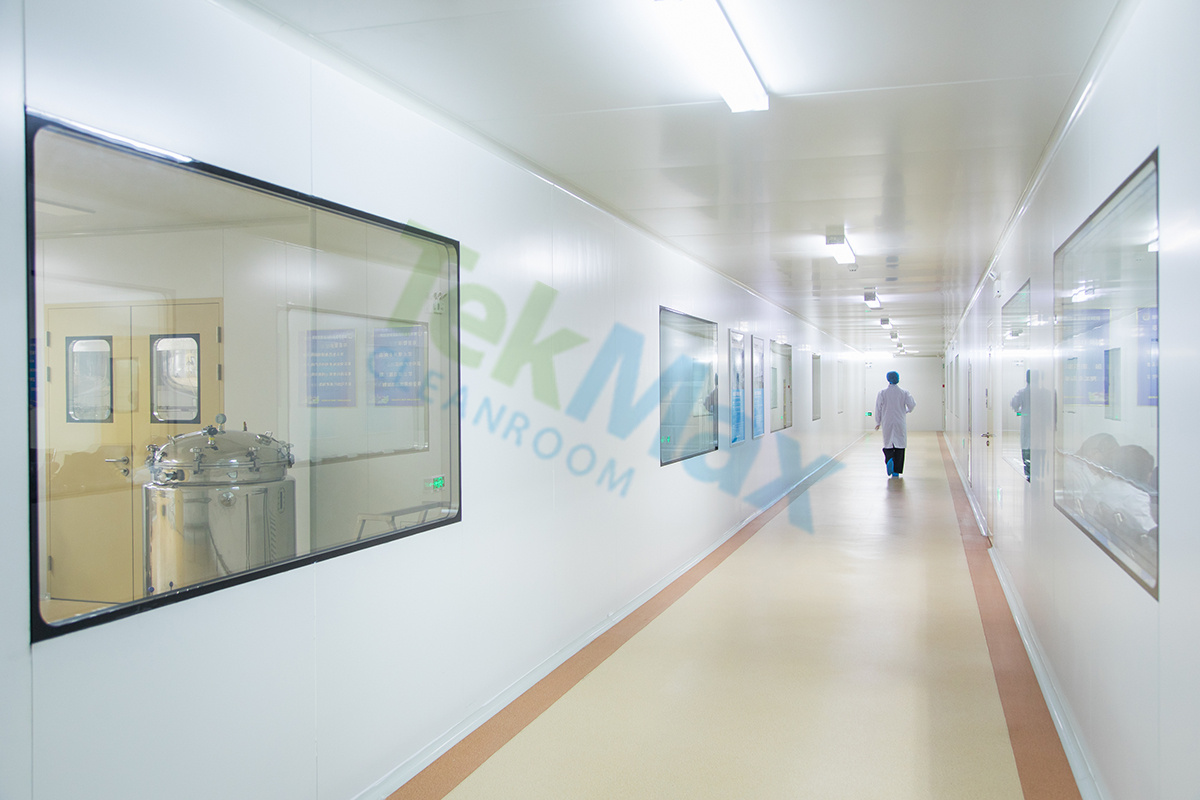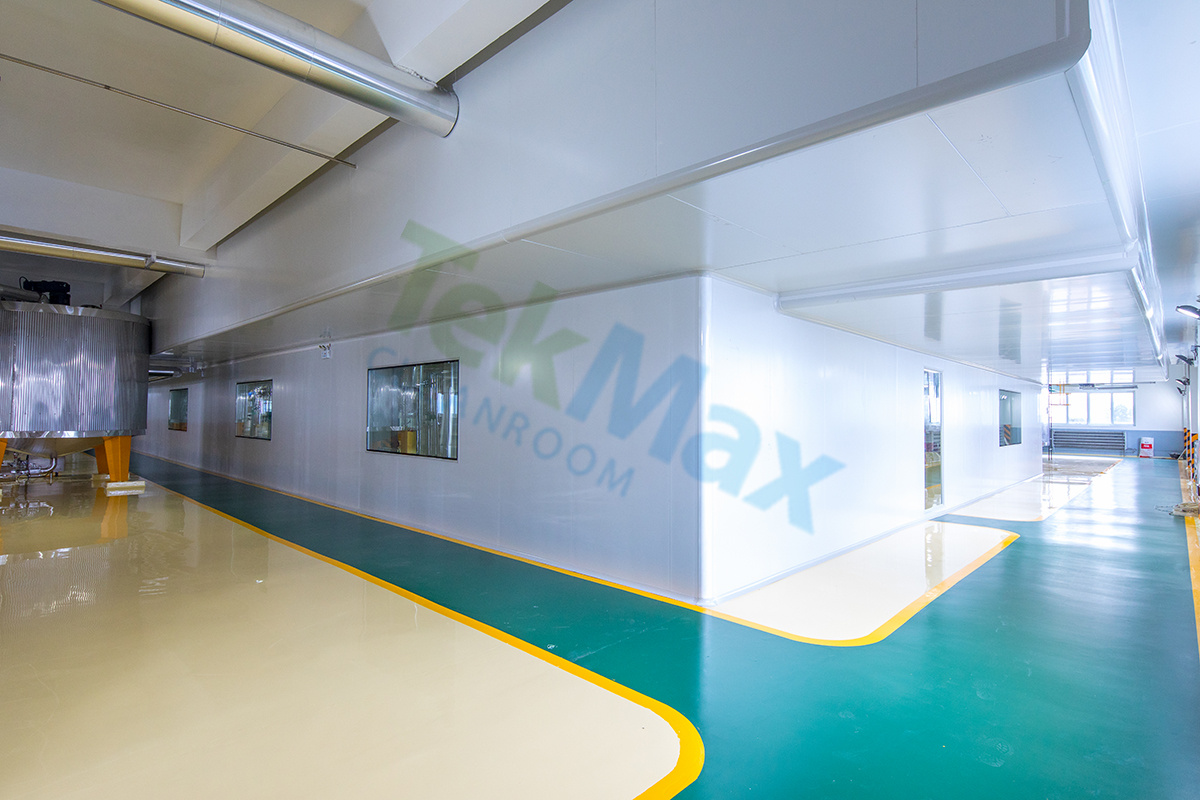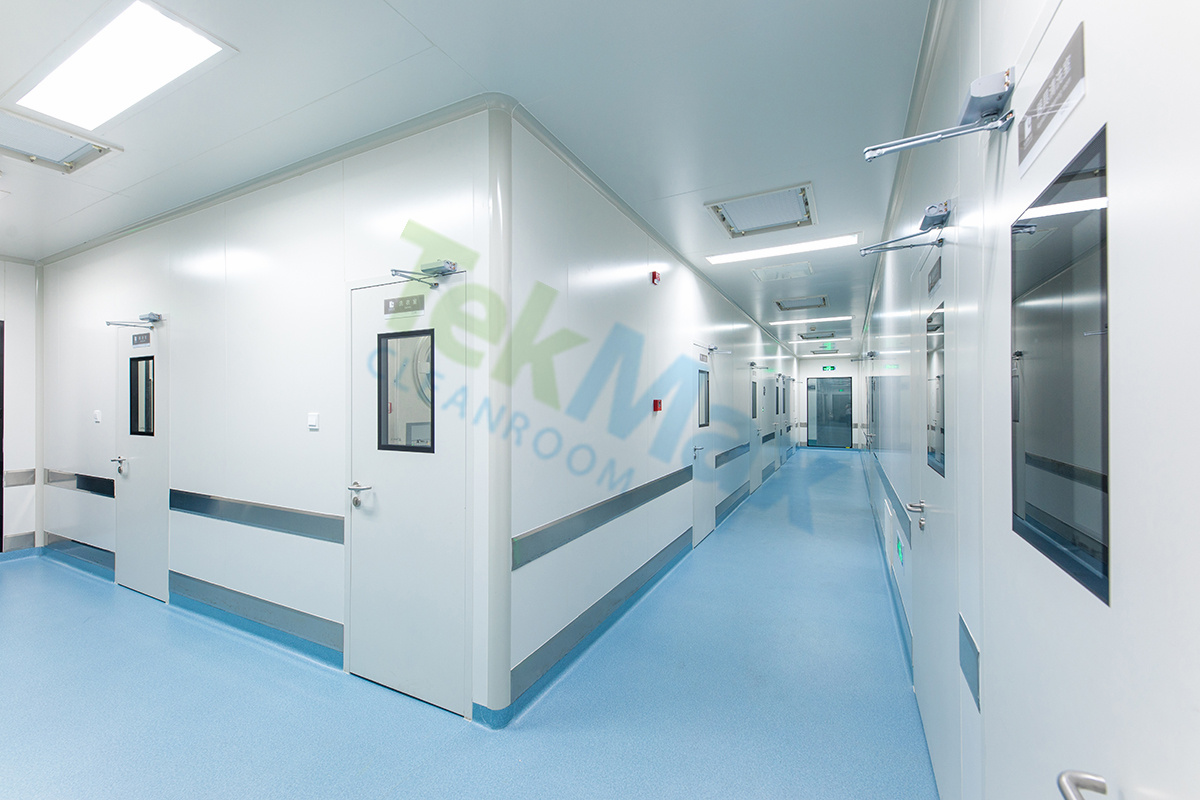Hot Sale for Ductless A - Circulating air system pressure difference control – TekMax
Hot Sale for Ductless A - Circulating air system pressure difference control – TekMax Detail:
Measures taken to maintain differential pressure:
In general, the air supply system adopts more methods of constant air volume, that is, firstly, ensure that the air volume of the clean room is relatively constant, and adjust the return air volume or exhaust air volume of the clean room to control the pressure difference air volume of the clean room and maintain the pressure difference of the clean room. value. Install a manual split multi-leaf regulating valve or butterfly valve on the clean room return and exhaust branch pipes to adjust the return and exhaust air volume and control the indoor pressure difference. Adjust the pressure difference in the clean room when the air conditioning system is debugged. During the operation of the air conditioning system, when the pressure difference in the clean room deviates from the set value, it will be more troublesome to adjust. Install a damping layer (such as single-layer non-woven fabric, stainless steel filter, aluminum alloy filter, nylon filter, etc.) at the return (exhaust) air outlet of the clean room, which can effectively ensure the positive pressure of the clean room, but it needs to be replaced frequently. The filter screen of the damping layer prevents the positive pressure in the clean room from being too high. Install a residual pressure valve on the wall between adjacent rooms to control the positive pressure. The advantage is that the equipment is simple and reliable, but the disadvantage is that the residual pressure valve has a relatively large size, limited ventilation, inconvenient installation, and inconvenient connection with the air duct. Install an electric actuator system on the valve shaft of the clean room return (exhaust) air branch control valve, so as to form an electric control valve with the corresponding valve. According to the feedback of the pressure difference in the clean room, fine-tune the valve opening, and automatically adjust the pressure difference in the clean room to return to the set value. This method is more reliable and accurate for controlling the pressure difference in the clean room, and is widely used in engineering practice. The system can be installed in the clean room that needs to display the pressure difference or the return (exhaust) air branch control valve of the typical clean room.
Venturi air volume control valves are installed on the air supply branch pipe and the return (exhaust) air branch pipe of the clean room. There are three types of venturi valves-constant air volume valve, which can provide stable air flow; bistable valve, which can provide two different air flow, namely maximum and minimum flow; variable air volume valve, which can pass the command less than 1 Second response and flow feedback signal closed loop control air flow.
Venturi valve has the characteristics of being unaffected by changes in air duct pressure, quick response (less than 1 second), precise adjustment, etc., but the equipment is relatively expensive, and it is suitable for applications where the system pressure difference control must be high-precision and high-reliability.
Through the use of constant air volume valves and bistable valves, the air supply and exhaust volume of the clean room can be strictly controlled, so as to form a stable pressure difference air volume and control the pressure difference of the clean room to be stable.
The air supply variable air volume valve is used to adjust the room, so that the flow of the air supply pipe valve can track the flow of the exhaust pipe valve, which can form a stable differential air volume and control the stable pressure of the clean room.
Use the supply air fixed air volume valve and the return air variable air volume valve to control the room, so that the return air valve can track the change of the room pressure difference and automatically adjust the room pressure difference to form a stable pressure difference air volume and control the clean room pressure difference stability.
Product detail pictures:

Related Product Guide:
In the past few years, our company absorbed and digested advanced technologies both at home and abroad. Meanwhile, our company staffs a team of experts devoted to the development of Hot Sale for Ductless A - Circulating air system pressure difference control – TekMax , The product will supply to all over the world, such as: Egypt, Rio de Janeiro, Cannes, Our company insists on the purpose of "takes service priority for standard, quality guarantee for the brand, do business in good faith, to offer skilled, rapid, accurate and timely service for you". We welcome old and new customers to negotiate with us. We are going to serve you with all sincerity!
The customer service staff's answer is very meticulous, the most important is that the product quality is very good, and packaged carefully, shipped quickly!






